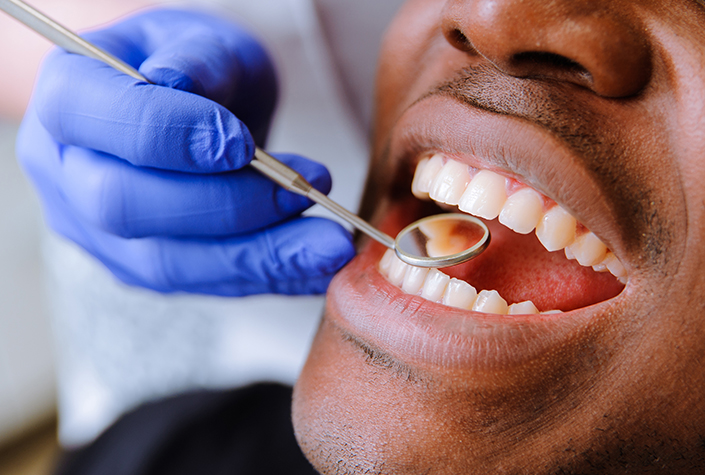Fewer limits on dental hygienists leads to fewer emergency visits

States that give more autonomy to dental hygienists produce fewer emergency-room visits for dental problems not related to accidents or other trauma, a new Texas A&M University study says.
Published in the journal Community Dentistry and Oral Epidemiology, the study was conducted by Marvellous Akinlotan, College of Nursing; Alva O. Ferdinand, School of Public Health; and others. (Akinlotan worked on the study while completing her doctorate with the School of Public Health.)
The researchers studied the patterns in emergency-room visits for conditions that include tooth decay, pulpitis, chronic gingivitis, acute and aggressive periodontitis, gingival recession, periodontitis, unspecified gingival and periodontal disease.
They investigated how these visits vary across 16 states with different scope-of-practice regulations for dental hygienists. Akinlotan and colleagues relied on the Dental Hygiene Professional Practice Index, which quantifies how dental hygienists can provide care based on their training and a state’s regulations on what tasks they can legally perform.
The scale includes the state’s level of regulation, number and types of tasks allowed, the required degree of supervision by dentists and hygienists’ ability to directly bill insurers for work performed. Generally, a higher index score indicates greater autonomy for dental hygienists.
The researchers looked at the number of preventable non-traumatic dental emergency visits per 1,000 people in each county in 10 U.S. states and the corresponding index scores from each state. In addition, Akinlotan and colleagues classified the counties in the dataset based on how rural or urban they are and included data on whether the counties are an area where there’s a shortage of dental professionals. The researchers analyzed the correlation between index score and emergency visits overall and with populations grouped by age.
As expected, the study found that states with higher index scores—that is, states where dental hygienists had more autonomy at work—had fewer preventable non-traumatic dental emergency visits. This finding is in line with prior research showing that higher index scores correlate with increased access to preventive dental care and better oral health outcomes.
The study also found that the improved outcomes in states with higher scores were present for patients younger than 65, but not for those older than 65. In addition, the youngest adult cohort of ages 20 to 34 years had the strongest relationship between hygienist scope of work and health outcomes. This is important because people between the ages of 20 and 35 typically have the highest rate of dental-related emergency visits and lowest rates of regular dental care. Lastly, states with higher scores had fewer dental-related emergency visits in rural counties.

